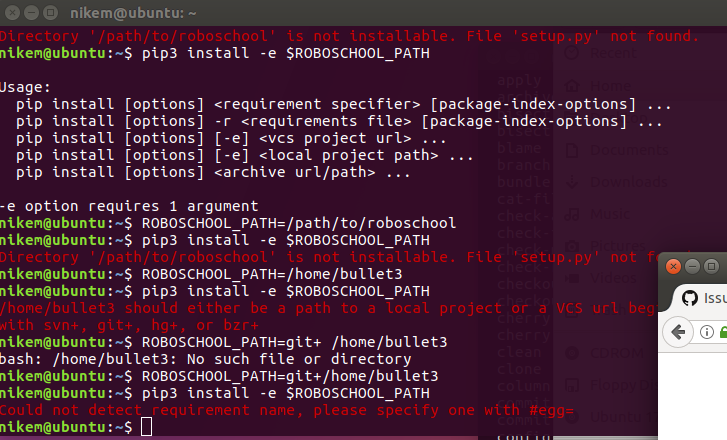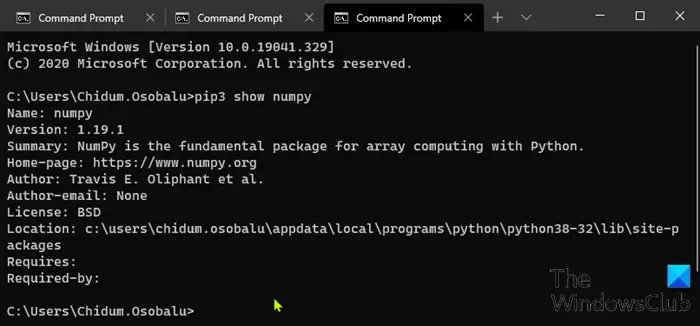

On Windows you should be able to launch a Terminal, which looks like this.Īfter it has launched, type the following into the Terminal and press Enter This makes it easy to run pip3 commands from the terminal. The latest python3 installers for Windows install pip3 automatically but make sure that you have clicked the checkbox “Add Python 3.x to PATH” as shown in this screenshot…Ĭlicking the checkbox adds the folder containing python3 and pip3 to the ‘path’, (a list of folders which is searched by the Windows terminal cmd.exe). Installing Pip3ĭownload the 64-bit installer for python 3.6.5 by clicking here or visit the windows releases page for other versions. If you are sure it’s installed, you can go straight to Configuring Pip3. If you think it might already be installed, you can scroll down to Verifying Pip3 to prove it. That’s it! You just added Python to the Windows Path.If you don’t have pip3 installed yet, follow the instructions for Installing Pip3 below. Don’t forget to press ‘OK’ again so that the changes will get implemented. Press ‘OK’ and you would then see your new Python Path under the ‘User variables' section.C:\Users\Nitin\AppData\Local\Programs\Python\Python37-32 C:\Users\Nitin\AppData\Local\Programs\Python\Python37-32\Scripts.This is what my Variable value would look like:.For the Variable value, copy the full Python application path, then use a semicolon (as highlighted in yellow below), and finally copy the Python Scripts path.For the Variable name, you may type a name, such as ‘Path’ for example.Now let’s fill the New User Variable box that you saw earlier:.The Scripts folder should be located within the Python application path. The Python application path, which is the folder where you originally installed Python and.Before you type any values, you’ll need to locate the relevant Python paths.You should then see a dialog box, which will allow you to add new variables.



You can do this by running the installer again, selecting "Modify", and checking the box labeled "Add Python to environment variables" on the second page. If however, you get a message that Python cannot be found, you may have forgotten to add it to your system path. Note: The installer should set up everything you need for the above command to work.


 0 kommentar(er)
0 kommentar(er)
